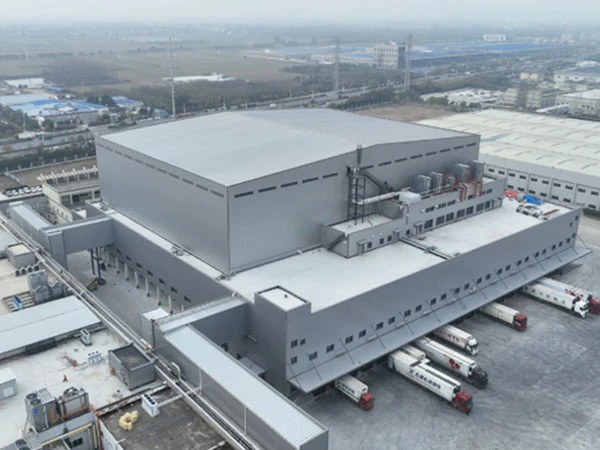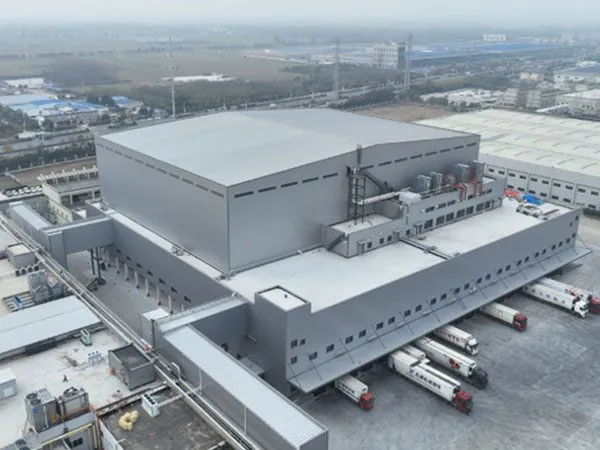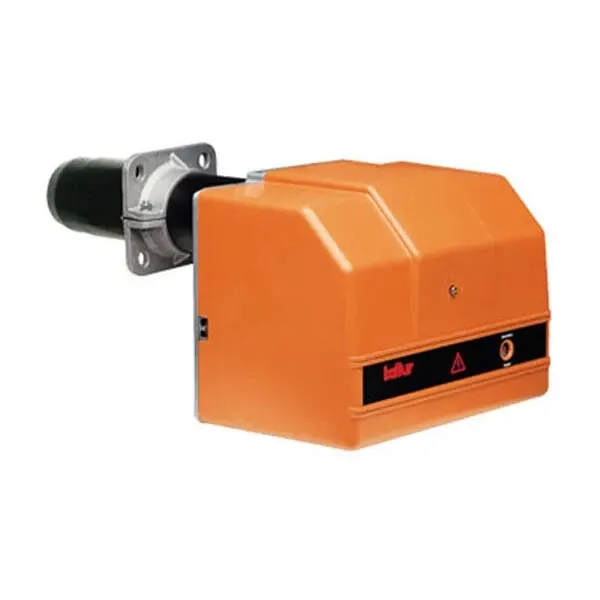In the modern business environment, businesses are increasingly demanding cold chain infrastructure, requiring rapid deployment while ensuring quality and flexibility. This is particularly true in the food, pharmaceutical, logistics, and retail industries, where traditional cold storage, with its long construction cycles and complex construction, is no longer able to meet the needs of rapid expansion or seasonal storage. Modular steel cold storage, due to its efficiency, flexibility, and sustainability, is becoming a preferred solution for rapid deployment projects.
Advantages of Modular Steel Structure Cold Storage

1. Rapid Construction, Shortening Cold Storage Construction Timelines
The greatest advantage of modular cold storage is its speed of construction. Unlike traditional cold storage, which requires extensive on-site construction, the main components of modular cold storage are prefabricated in the factory, requiring only rapid on-site assembly.
Factory Prefabrication: Wall panels, roofs, and steel frames are manufactured in a controlled environment, ensuring dimensional accuracy and consistent quality.
Standardized Modular Design: Modular components simplify the installation process and reduce construction uncertainty.
Parallel Construction: Foundation preparation and module fabrication are performed simultaneously, further shortening the overall construction timeline.
This “modular assembly” model enables cold storage to be operational within weeks or even days, making it ideal for emergency cold storage deployments or rapid business expansion needs.
…
For more detailed information about the advantages of modular steel structure cold storage, please click to visit:https://www.hcggsteel.com/a/news/advantages-of-modular-steel-structure-cold-storage.html








